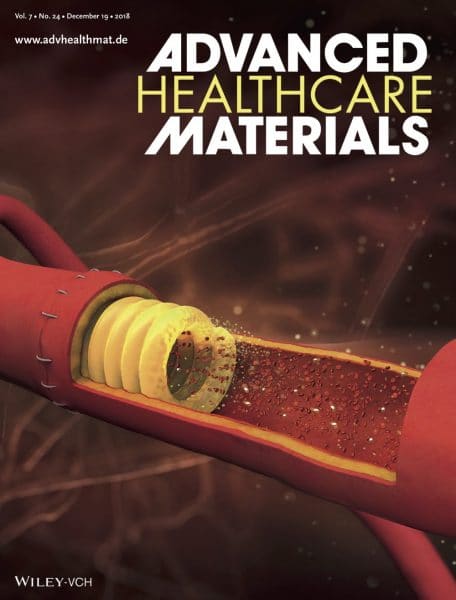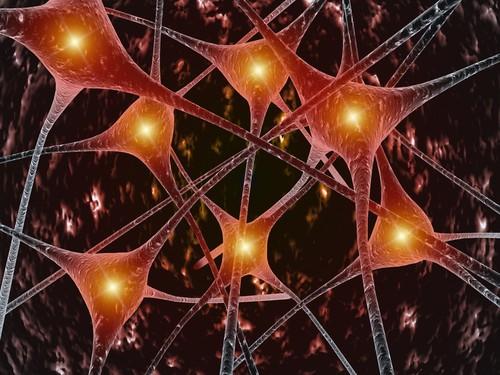
Allevi Author: NJIT Bioprinting Vascularized Tissue
We are VERY excited to announce the latest addition to the Allevi Author Club; the Guvendiren Lab from the New Jersey Institute of Technology. Dr. Guvendiren’s lab focuses on creating

We are VERY excited to announce the latest addition to the Allevi Author Club; the Guvendiren Lab from the New Jersey Institute of Technology. Dr. Guvendiren’s lab focuses on creating

George Washington University joins the #AlleviAuthor club with their new paper titled, “Use of GelMA for 3D printing of cardiac myocytes and fibroblasts” and published in Journal of 3D Printing

Microvascular anastomosis (or the method of surgically connecting blood vessels) is a common part of many reconstructive and transplant surgical procedures. Read on to learn how 3d bioprinted sugar stents

One of the most rewarding “AHA” moments of bioprinting is seeing your cells proliferate within a 3D tissue. As 3D bioprinting becomes more widely adopted within the fields of tissue

This new addition to the Allevi Author Club is 3D bioprinting spinal cord… People often ask us, “what is it that a bioprinter can do really well?”, and we tell

Time for another inductee to the #AlleviAuthor club. Researchers from University of California, Berkeley and IBM used their Allevi 2 bioprinter to study the printability and viability of plant-based bioinks.

There are so many variables that go into creating viable 3d bioprinted tissues; bioink selection, print geometry, cure times, rigidity, flexibility, degradation time and cell viability to name a few.

In this edition of the #AlleviAuthor series, our very own Director of Bioengineering, Taci Pereira, reviews state of the art bone biofabrication technologies for the Journal of 3D Printing in Medicine.

We’re proud to bring you yet another #AlleviAuthor – this one from down the street at University of Pennsylvania. Dr. Chamith Rajapakse’s Lab at UPenn focuses on the development and application of image guided

New #AlleviAuthor coming at you! Platelets are a component of blood that play a crucial role in wound healing: they induce clotting! Remember the last time you nicked yourself with a kitchen knife? The

Time for another #AlleviAuthor – Researchers from Abo Akademi, University of Helsinki and University of Turku use the Allevi 2 for 3D bioprinting drug delivery systems. Their paper studies the printability of PDMS to manufacture drug containing structures

With a 12% success rate for drugs entering clinical trials, there is no doubt that drug companies need more accurate prediction platforms to help them save billions in bringing a